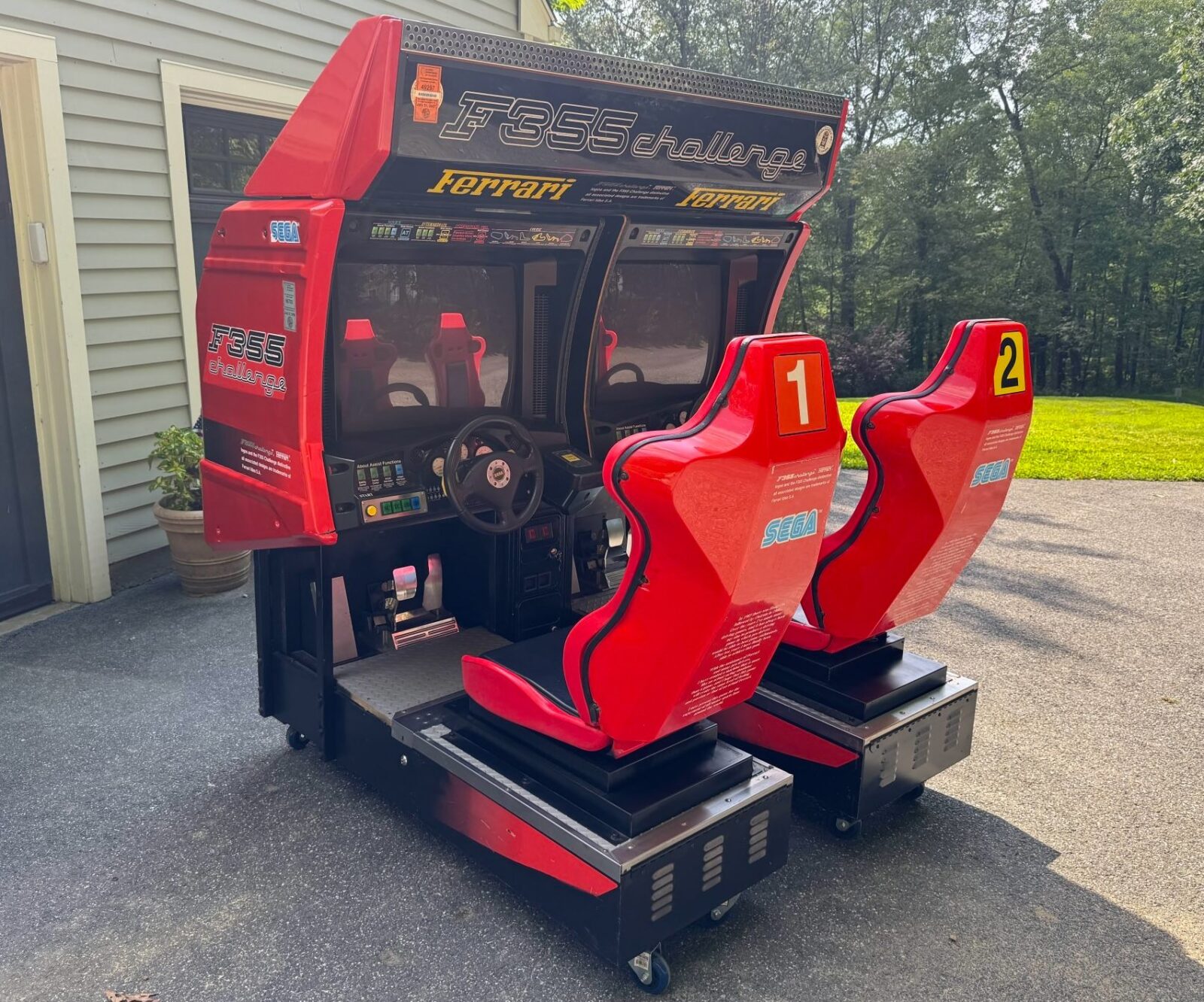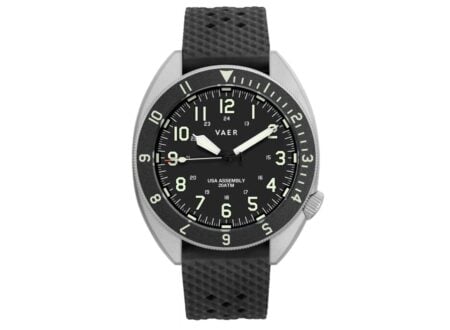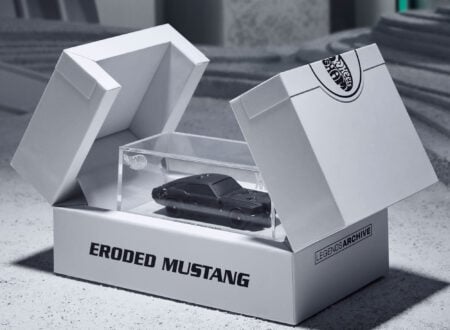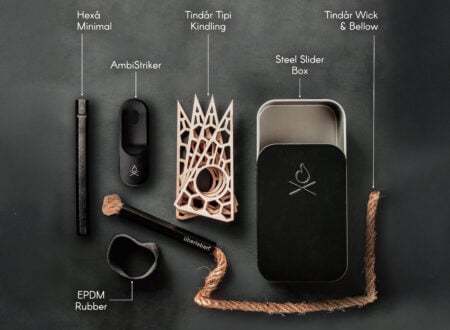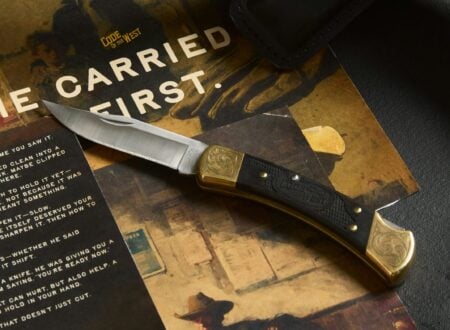This is an original, two-player Sega Ferrari F355 Challenge arcade game that first started appearing in arcades in 1999. The game became known for its realism, and in some respects it was one of the first “modern” racing sims.
Retro arcade games like this are now considered hugely desirable, and there is a rapidly growing enthusiast community that collects them, and keeps them in perfect working condition.
Above Video: This video includes over two hours of original gameplay footage, as you can see, it was quite advanced by the standards of the late 1990s, and it’s a far more realistic driving experience than normal computer games of the time.
History Speedrun: Sega Ferrari F355 Challenge Arcade Game
Spearheaded by Sega AM2 under Yu Suzuki, F355 Challenge debuted in arcades in July 1999 on the Naomi Multiboard system. Suzuki was an acknowledged Ferrari fan, and he reportedly used data from his own Ferrari F355 to recreate real‑world vehicle dynamics in the game.
Unlike Suzuki’s earlier arcade hits, the goal here was as much realism as possible, over pure spectacle. Reflecting that, the deluxe arcade cabinet featured three screens powered by four synchronized Naomi boards, a gated six-speed shifter, clutch pedal and force‑feedback steering – all intended to mimic sitting in the cockpit of the real car. By the standards of the time, it was a genuinely impressive undertaking.
Only the Ferrari F355 Challenge vehicle is playable, there are no other cars in the game, and each race is you in that one Ferrari against others like it. The arcade edition includes six real-world circuits including Motegi, Suzuka (short and long), Monza, Sugo and Long Beach – all rendered with as much accuracy as possible based on their real counterparts.
Punishing in difficulty, the game demanded perfect precision, any throttle misstep or braking error would send you off track. Suzuki deliberately excluded an external chase camera, keeping only the driver’s seat view in an effort to deepen immersion, even if it made the game tougher for newcomers.
In 2000 Sega released the Dreamcast port titled F355 Challenge: Passione Rossa, followed by a PlayStation 2 release in 2002 known simply as Ferrari F355 Challenge. The console versions added five unlockable tracks including Atlanta, Nürburgring, Laguna Seca, Sepang and Fiorano, they were unlockable via championship placements or passwords. Dreamcast players could save race telemetry via VMU and once competed online; servers remained active until 2006 (and were later restored in 2023.)
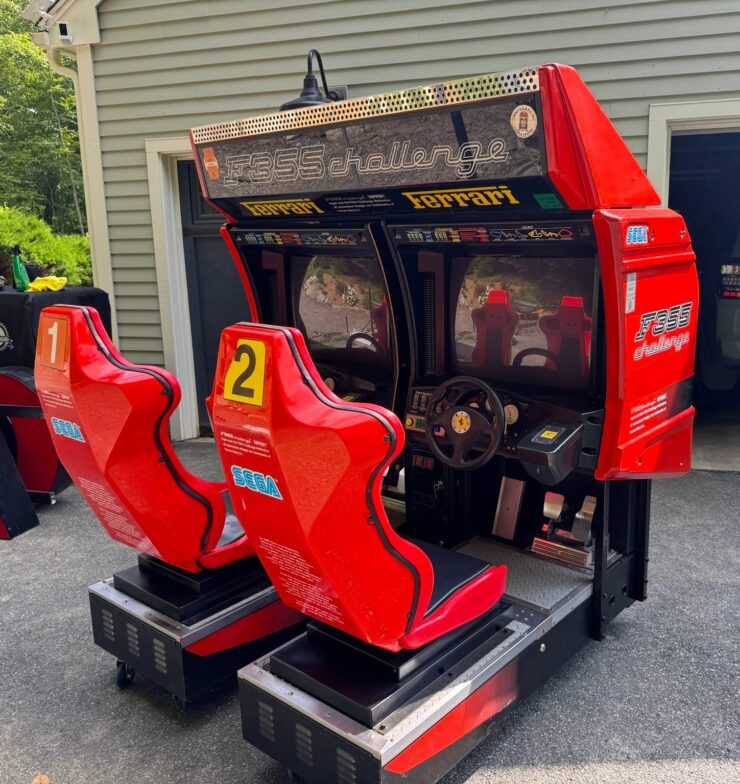

Critics hailed the Dreamcast port as one of the best driving games available at the time, praising its realism and its addictive learning curve – GameSpot gave it a 9.1/10 upon release. The arcade edition won Coin‑Op of the Year at the 2000 Edge Awards.
Although its steep challenge alienated more casual gamers, genuine enthusiasts and sim‑racing stalwarts quickly embraced it – online forums still recount how NPC racing opponents even seem to “remember” collisions and fight back later on the track.
F355 Challenge remains a cult classic, it’s beloved by retro arcade purists and racing simulator fans for its unflinching focus on genuine racing skill over more arcade-friendly games that were simply not even close to realistic. It set a high bar for what arcade realism could mean – and what it would become in the years to follow.
The Sega Ferrari F355 Challenge Arcade System Shown Here
This is an original arcade version of the two-player version of Sega Ferrari F355 Challenge, there are two paired units which are linked, allowing you to either race alone or against the driver sitting next to you. It was originally installed at an arcade in Illinois before being sold into private ownership.
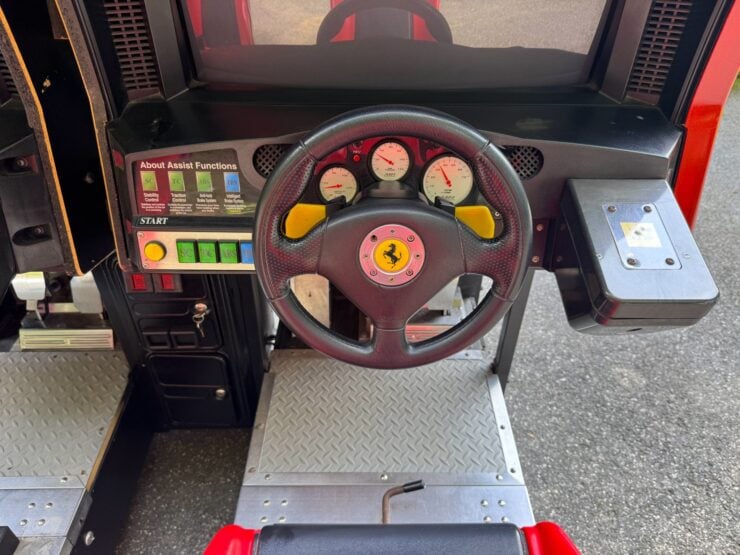

Each player station has a racing seat, a monitor, a steering wheel, shift paddles, and pedals. Importantly, coins are no longer required for operation which simplifies home play. The unit is reportedly in good working condition, and it’s now looking for its next owner.
It’s being sold out of Southbury, Connecticut with no reserve, and you can visit the listing here on Bring a Trailer if you’d like to read more or register to bid.
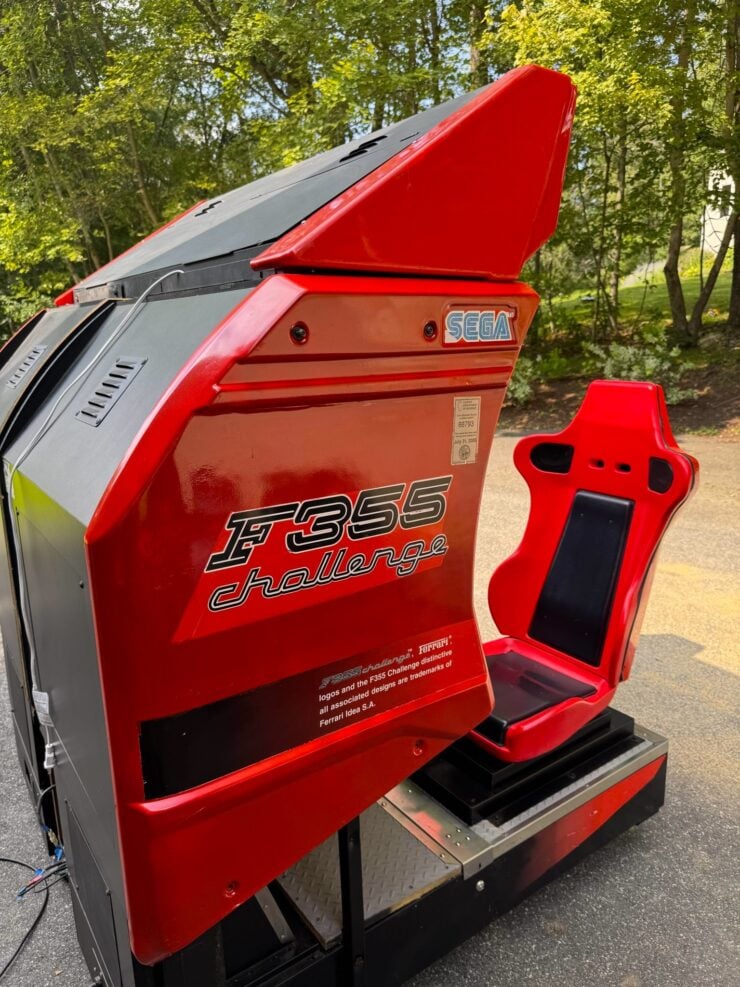
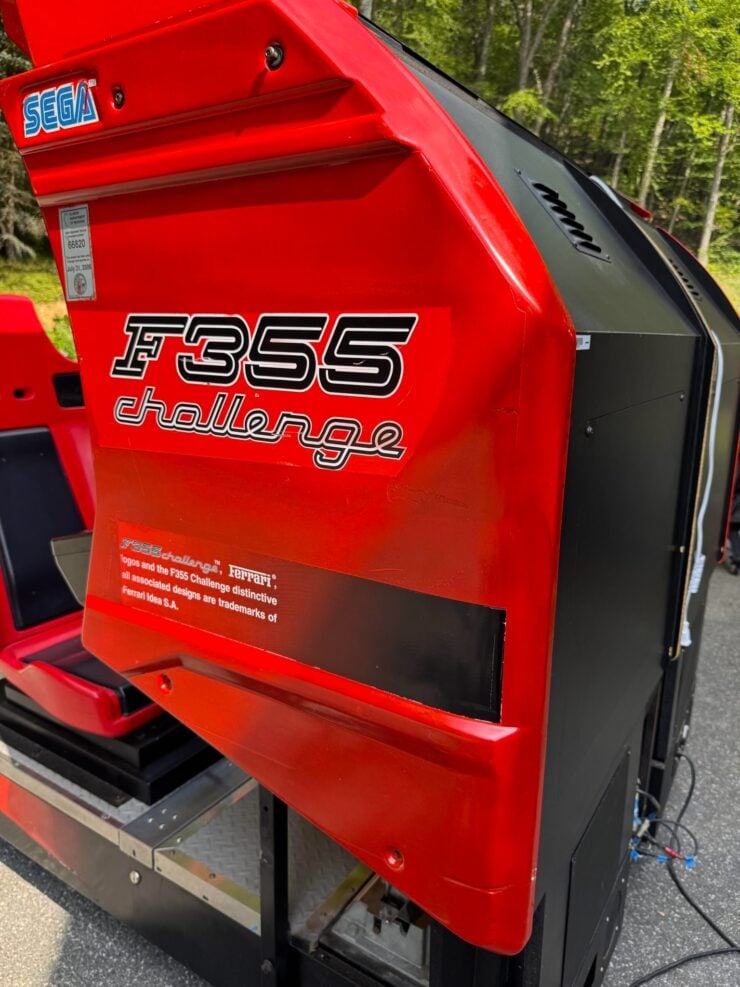
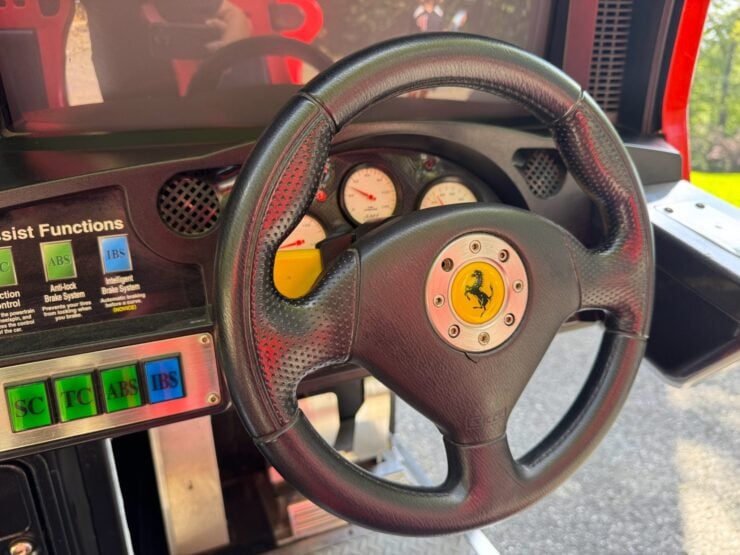
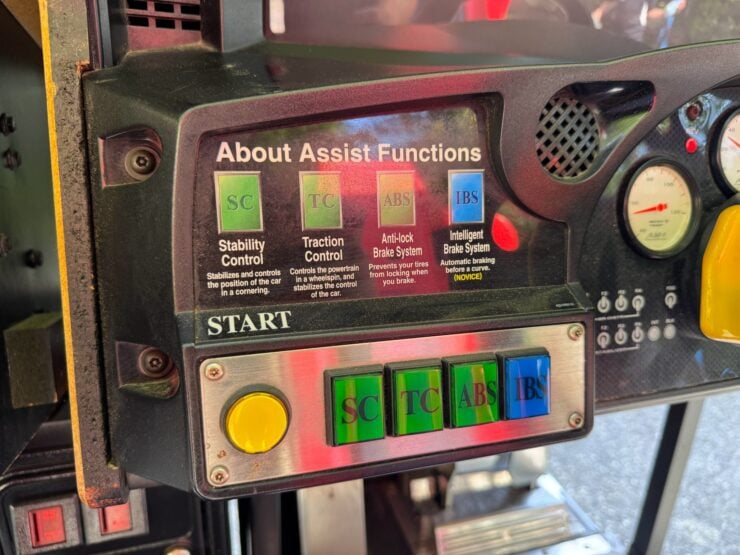


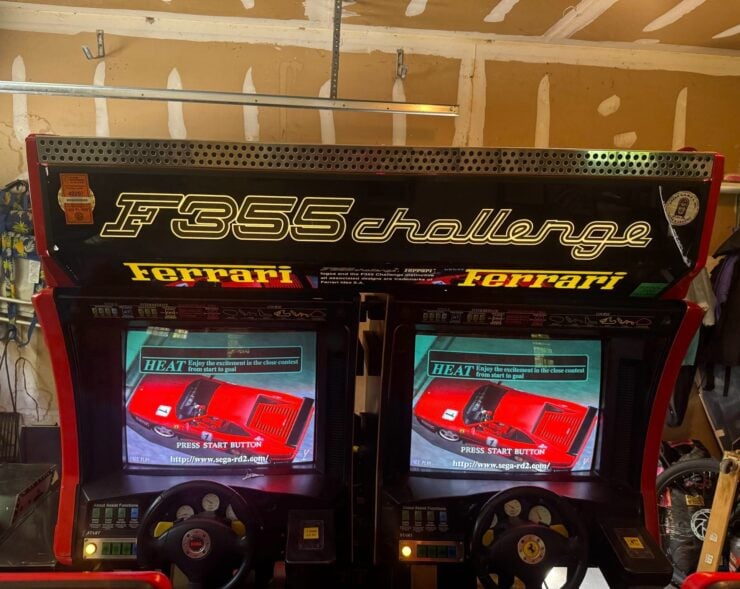
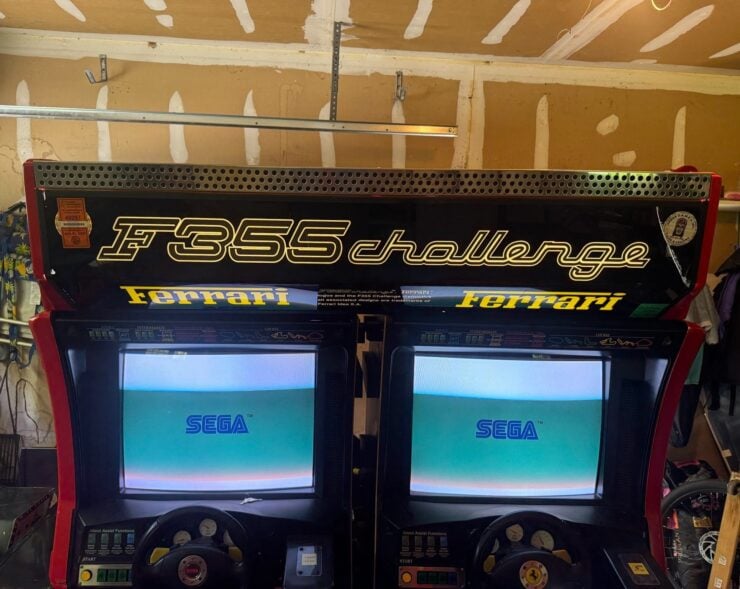
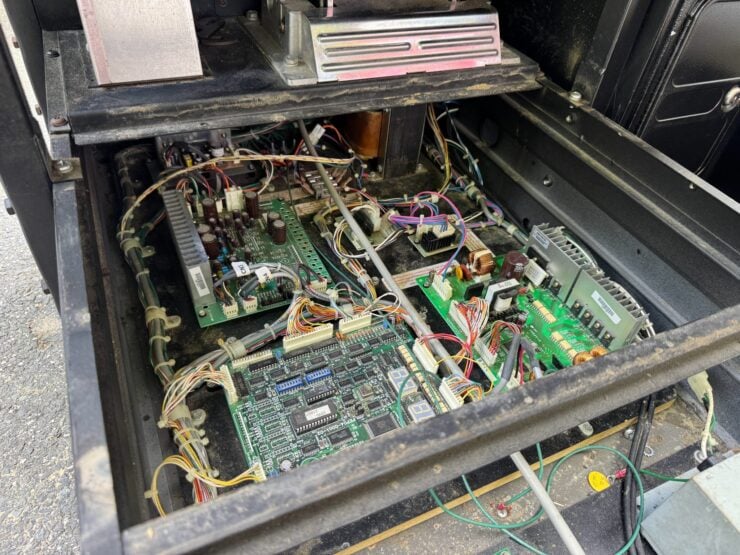

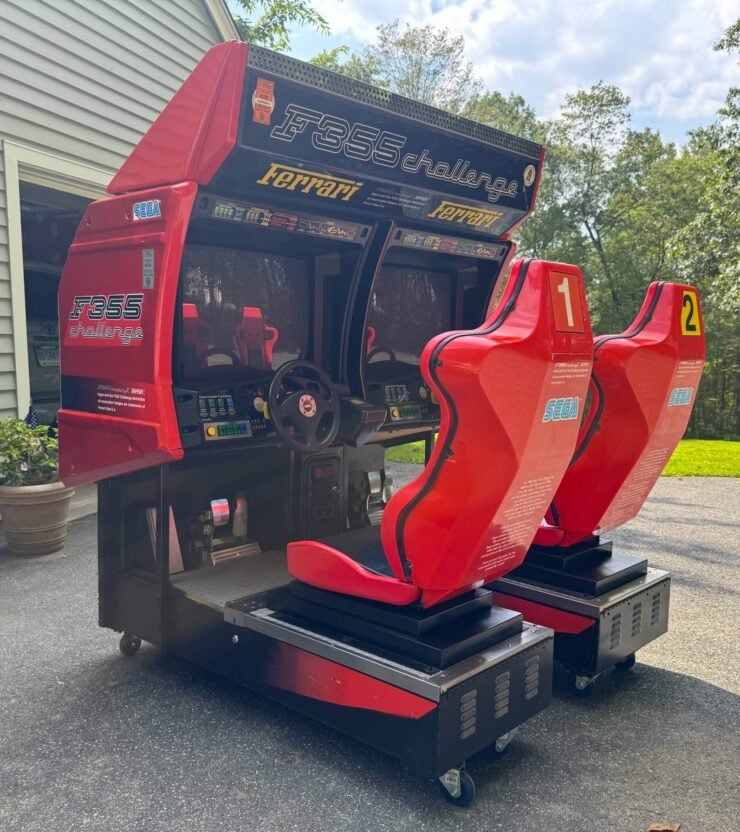
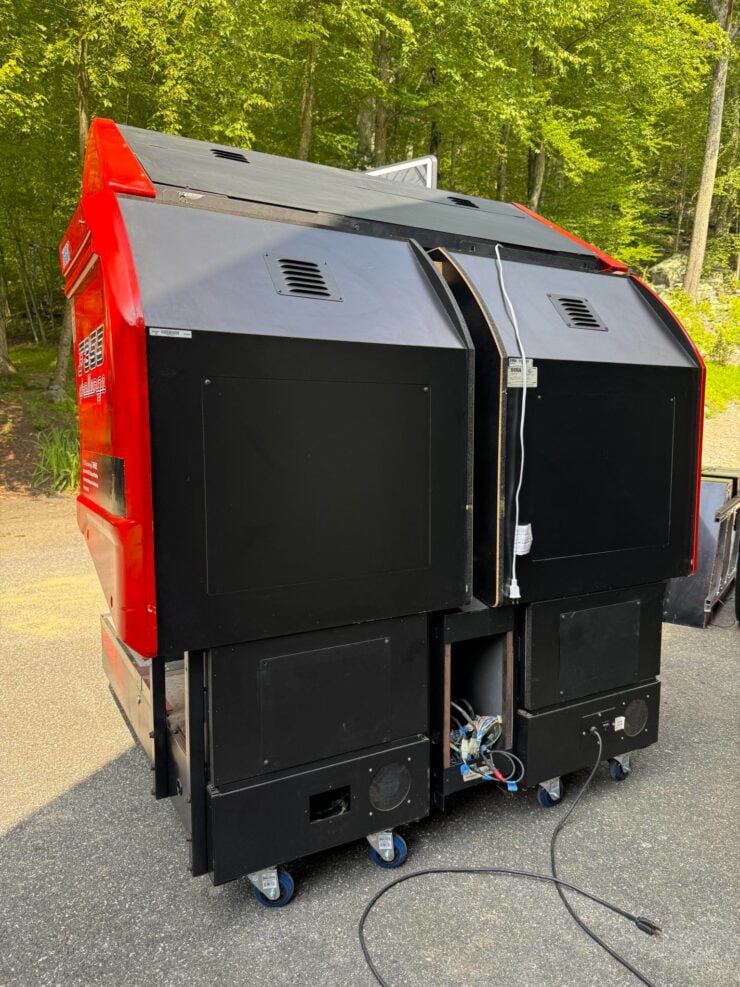
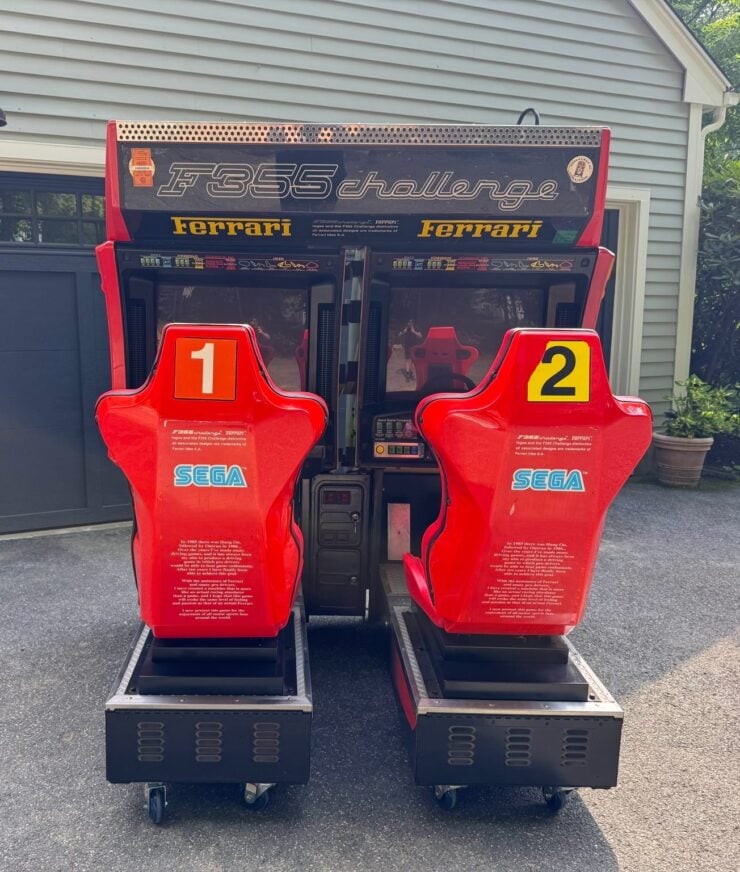
Images courtesy of Bring a Trailer

